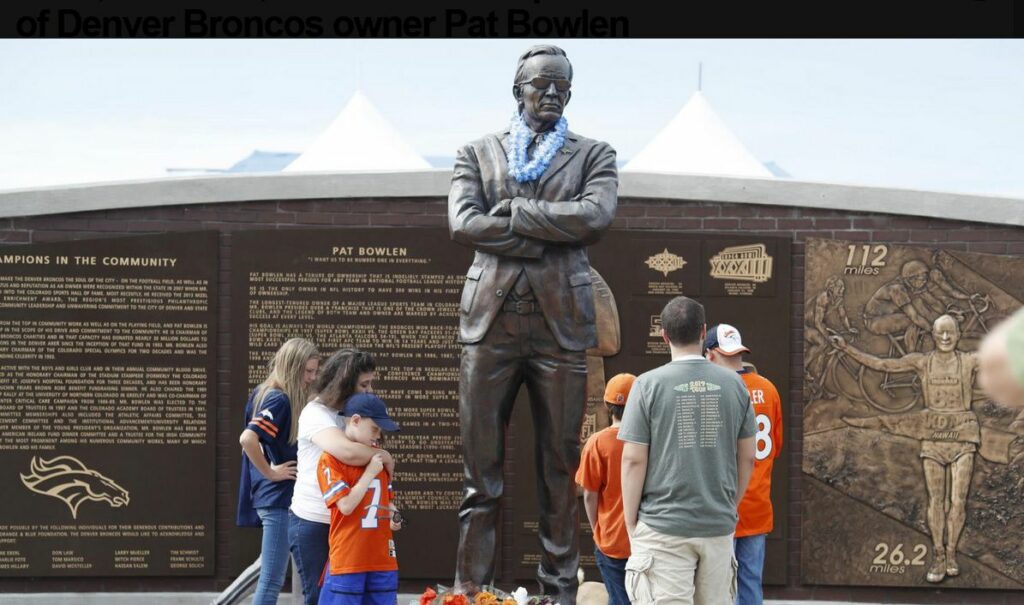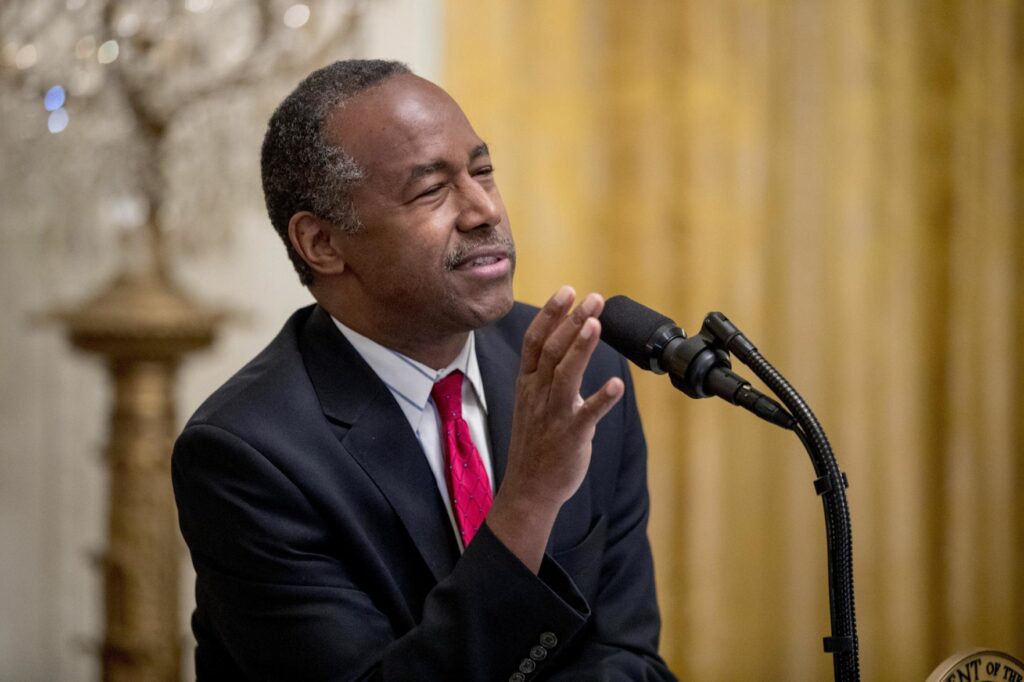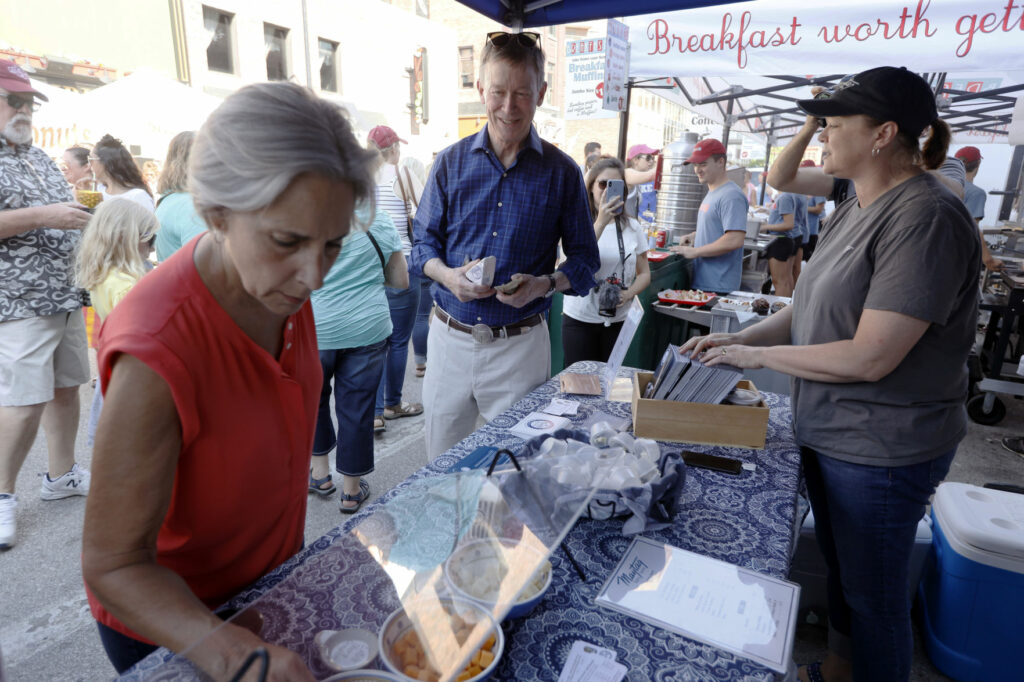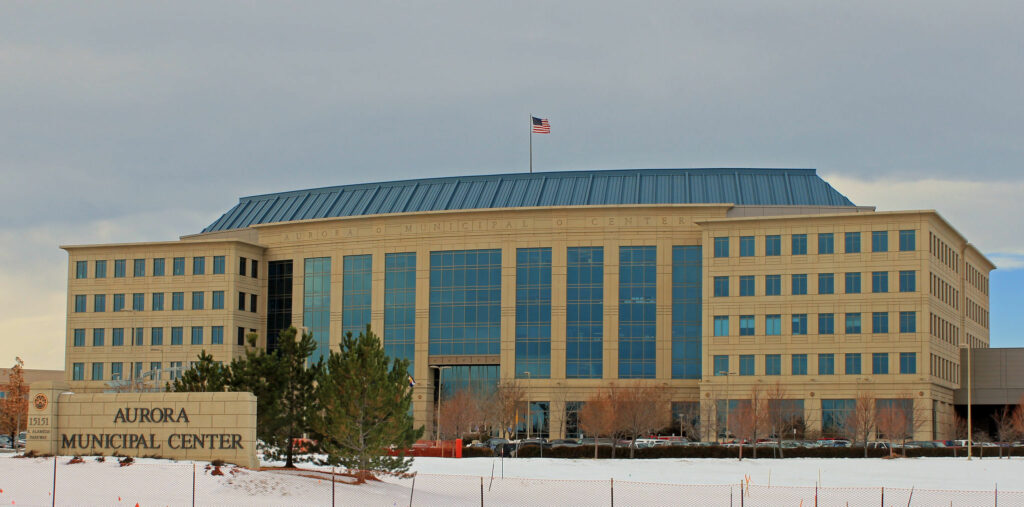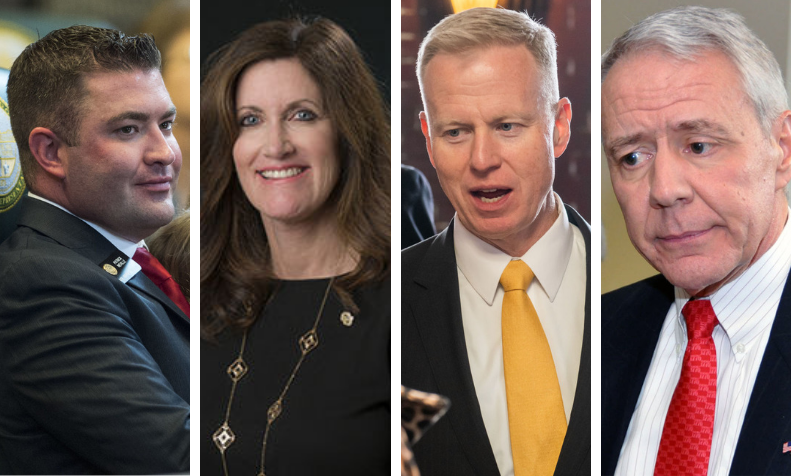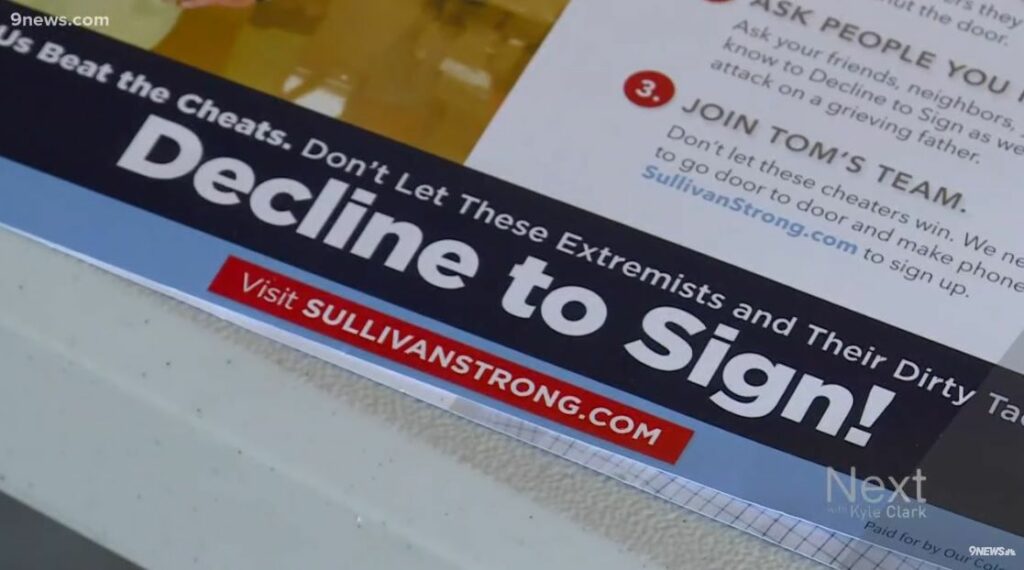I-70 expansion in Denver: freeway ‘without a future,’ or without an alternative?
State lawmakers embroiled in the 2017 session’s Great Transportation Debate may want to take a moment away from the standoff over how to raise highway revenue so they can ponder a parallel issue – what kinds of transportation projects the public gets for the money. It’s an old question in its own right: Even if transportation dollars grew on trees, are wider highways, moving more metal and rubber down the road, necessarily the best answer?
For those who wish to ponder the point, Denverite government and politics reporter Erica Meltzer provides some excellent reading. Her ongoing coverage of the debate over expansion plans for Interstate 70 through north Denver’s low-income residential and industrial neighborhoods offers a textbook case.
This week, Meltzer thumbnails a report by the Congress for New Urbanism that includes I-70 on its 2017 list of Freeways without futures. Despite the dismal designation, the report actually waxes optimistic, as Meltzer reports, by concluding I-70 is an opportunity “to remove a blight from the physical, economic, and environmental health of urban communities.”
Of course, that means calling off the proposed $1.2 billion reconstruction of several miles of the interstate through north Denver. It’s an epic project that has stirred opposition from adjoining neighborhoods as well as from environmental activists and the social-justice crowd. Critics call it “the ditch” because a stretch of the reconfigured highway would run in a huge trough that would extend under a planned park. Writes Meltzer:
The arguments against I-70 that appear in the report will be familiar to anyone who has been following the ongoing debate about the expansion, which will require the destruction of 56 homes and 18 businesses in Elyria-Swansea. Namely, it exacerbates the historic injustice and disproportionate economic and social impact of building the highway through low-income, minority neighborhoods in the first place.
The report echoes the opponents’ concerns and embraces their alternative proposal: to reroute through-interstate traffic further north and turn the current I-70 corridor into a boulevard.
Inevitably, there is another view on all of this – notably, that there’s no realistic alternative – and Meltzer captured that take, as well, in a news report earlier this month. In it, Shailen Bhatt, executive director of the Colorado Department of Transportation, makes the case for the tried-and-true plan embraced by the transportation establishment:
“If you are flying into DIA and needing to move across the state, an I-70 that flows, that does not break down every day, is going to be a big benefit to tourism, for commerce,” he said. “If you’re a company – and there are a lot of factories and warehouses in this area – your goods are not sitting in traffic. That’s going to be a big improvement. For a lot of different reasons, this project makes sense.”
And as for rerouting traffic:
Bhatt said moving I-70 north of Denver along the I-270 corridor, as reroute proponents suggest, would put a lot more traffic onto local streets.
Lawmakers, read up, ponder the alternative approaches to a transportation utopia, and be enlightened. Then, return to the chore of digging up the money.





